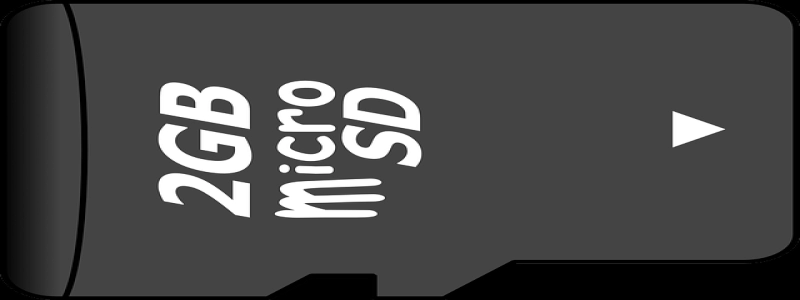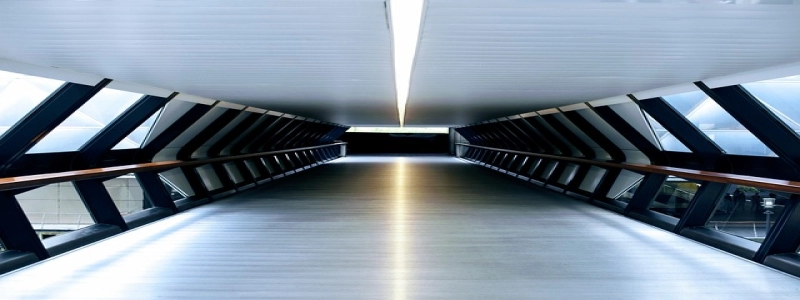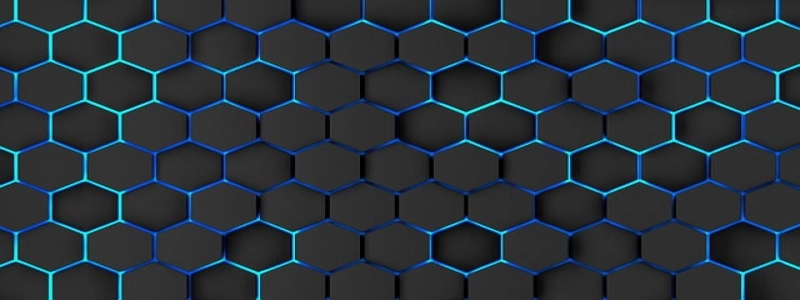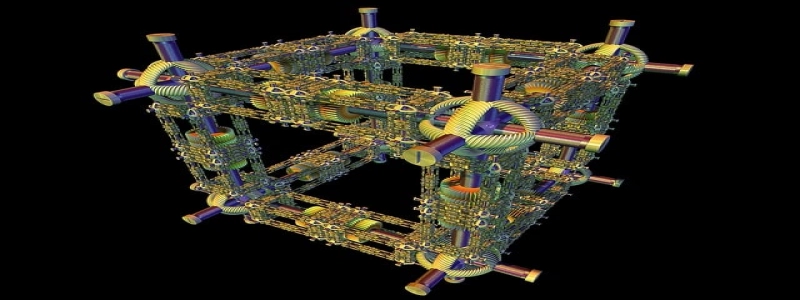Will a Long Ethernet Cable Affect Performance?
Introducere:
Ethernet cables are commonly used to connect devices to a network, providing a reliable and stable internet connection. in orice caz, when it comes to using long ethernet cables, one may wonder if the cable length will have any impact on the performance. In this article, we will explore whether a long ethernet cable can affect performance and what factors may come into play.
eu. Understanding Ethernet Cables:
Ethernet cables transmit digital data signals using twisted pair cables. These cables come in various categories such as Cat 5e, Cat 6, and Cat 7, each offering different levels of performance and data transmission capabilities. The maximum recommended length for ethernet cables is typically 100 meters or 328 feet.
II. Signal Degradation and Attenuation:
As the length of an ethernet cable increases, the quality of the signal can deteriorate due to attenuation. Attenuation refers to the loss of signal strength over a distance. This can result in slower data transmission rates and potential signal interference. The longer the cable, the more pronounced the attenuation may become.
III. Interference and Crosstalk:
Another factor to consider with long ethernet cables is the potential for interference and crosstalk. Interference can occur when the cable is placed near sources of electrical interference, such as power cables or appliances. Crosstalk, pe de altă parte, refers to the interference caused by adjacent ethernet cables running parallel to each other. These factors can introduce noise into the signal and negatively impact performance.
IV. Mitigating Factors:
While a long ethernet cable can potentially affect performance, there are some steps that can be taken to mitigate these issues:
1. Using Higher Category Cables: Opting for a higher category ethernet cable, such as Cat 6 or Cat 7, can minimize signal degradation and attenuation over longer distances. These cables are designed to provide better performance and reduce noise interference.
2. Avoiding Interference: Proper cable management and routing can help minimize interference from other electronics or electrical sources. Keeping ethernet cables away from power cables and using shielded cables can reduce the impact of interference.
Concluzie:
In conclusion, the length of an ethernet cable can indeed have an impact on performance. Factors such as signal degradation, attenuation, interference, and crosstalk can contribute to slower data transmission rates and reduced network stability. in orice caz, by using higher category cables and implementing proper cable management techniques, the effects of a long ethernet cable can be minimized. Ultimately, it is important to consider these factors when planning a network setup to ensure optimal performance and reliability.







